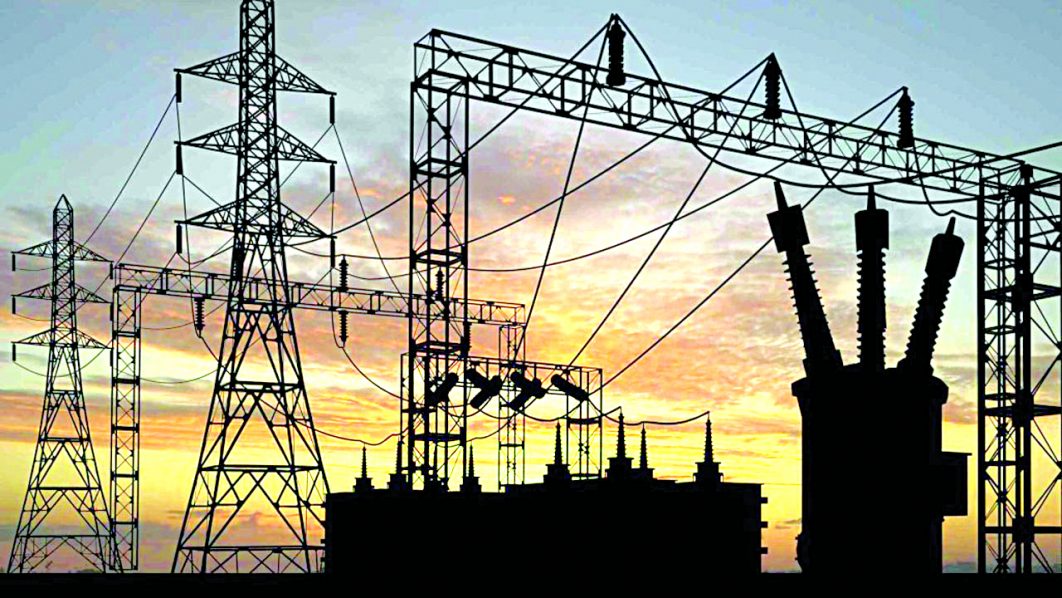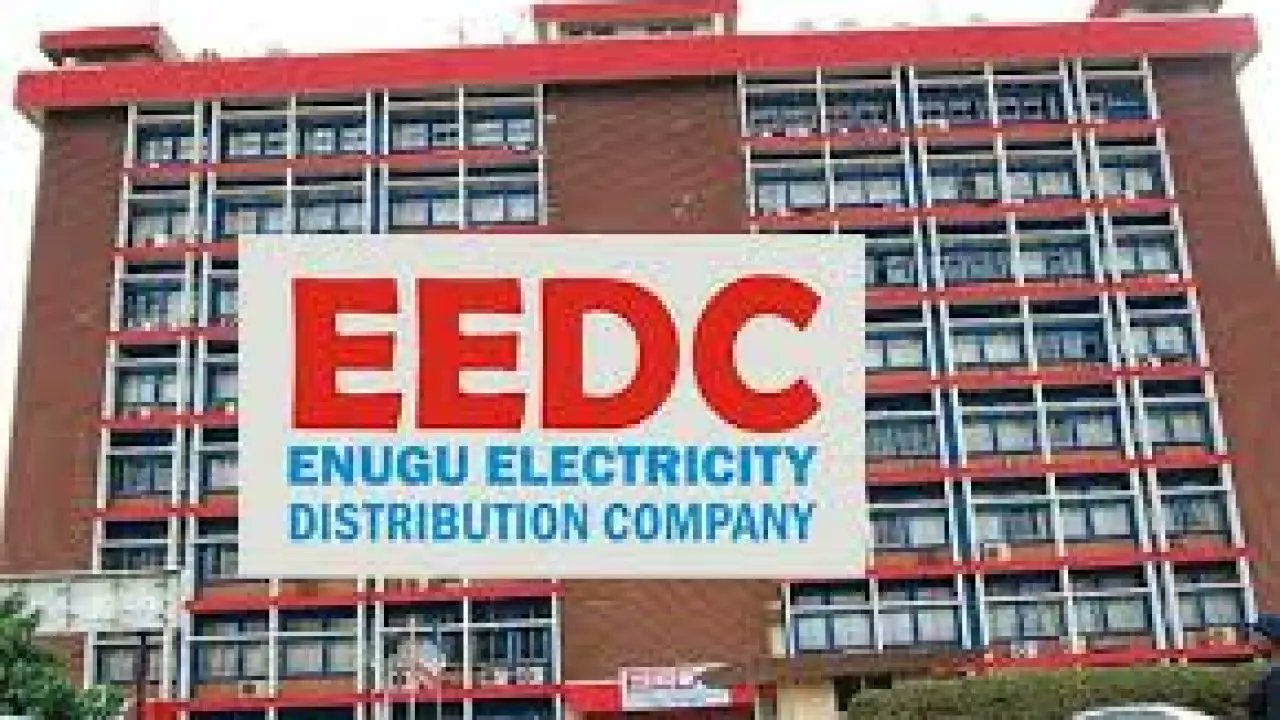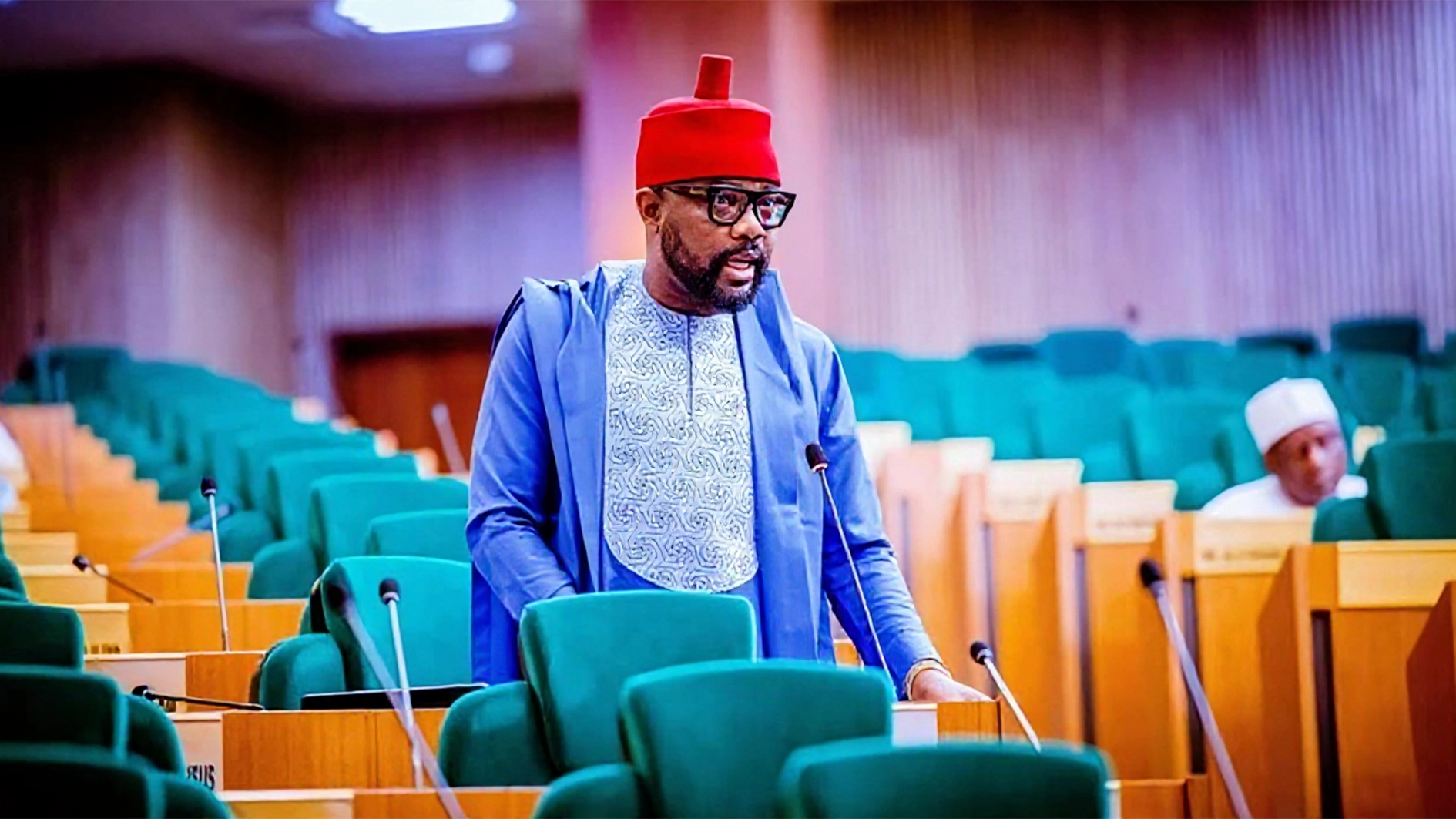
Averaging 4,500 megawatts in the past eight years, Nigerians looking forward to improved electricity supply may continue to wait as inherent challenges may stall power generation in the current.
Although, electricity is considered a major determinant of economic development as access to electricity is expected to catalyse nations in the drive for industrialisation, supply to homes and businesses remained dismal in Nigeria on the backdrop of a flawed privatisation exercise.
While Nigeria had introduced a Service Based Tariff late 2020 on the promise that electricity supply would improve, the prevailing situation created a worse experience for consumers.
Just last week, The Guardian reported that the Niger Delta Power Holding Company (NDPHC) Limited had five of its operational power plants – Olorunsogo, Omotosho, Sapele, Ihovbor & Geregu –affected by the gas curtailment. It was also gathered that the prevailing challenges have led Nigeria Gas Company (NGC) to issue a notice to manage the situation to avoid complete collapse of the grid.
NGC, according to the report, noted that the Nigerian Petroleum Development Company Limited’s (NPDC) Ughelli East plant was currently down while Chevron Nigeria Ltd (CNL) has also lost a compressor to technical issues due to pipeline related issues.
Before then, gas-related issues had in the course of the year, also led to a joint collaboration between the GenCos, defunct Department of Petroleum Resources, Nigerian Electricity Regulatory Commission (NERC) and other key stakeholders, but little was achieved.
As stipulated in Section 64 (1) of the EPSRA, the sole obligation of the GenCos is the generation and supply of electricity to Nigerians, but the generation is subject to variables such as the availability of fuel (gas or water) for power generation, transmission infrastructure to deliver high voltage over long distances from power generation companies to distribution companies; and distribution infrastructure to deliver energy to end-users.
Going by industry statistics, not only have gas related issues affected the country’s generation, dispatch of the generated electricity remains elusive as transmission and distribution bottlenecks are frequently blamed for the capacity to wheel power to end-users.
With huge debt and equity servicing challenges, operation and maintenance barriers, dearth of new investments, poor credit rating and poor business viability image to investors, the dismal outlook of the power sector may not change in 2022.
There are also indications that the worsening exchange rate crisis in the country would drastically impede the sector as the Managing Director of Mainstream Energy Solution Limited, Lamu Audu earlier told The Guardian, that financial crisis in the country, especially the exchange remained a great barrier to the sector.
Recall that Power Purchase Agreement (PPA) payments and calculations were made in the same currency to repay financiers as the privatization of the sector was done in US Dollars.
For the elusive state of the sector to change, especially in the areas of electricity generation, evaluation of privatization exercise remained sacrosanct as well as synergy across the market.
Also, solutions focused on optimising the utilisation of installed and available generation capacities, renewed focus on closing the gap between installed and available capacity, benchmarking of capacity along with performance monitoring and tariff development, development of multiyear models/framework, focused on tariff certainty, market stability, contract effectiveness could drastically improve the power supply.
Some stakeholders have also canvassed a monthly indexing to adequately reflect cost movements, using simple transparent formulae, key performance indicators (KPIs) and reports should be published widely. Continuous and equitable review should also be adopted.
Yearly end-user tariff adjustments, KPI based electricity bills, transparency and monitoring in cash flows into and out of DisCos, TransCo, GenCos asnd GasCos as well as clear delineation of Ministries department and agency and working groups/committees/panels remain sacrosanct to supply improvement.






